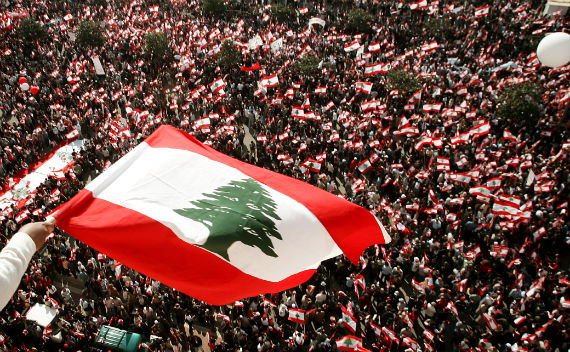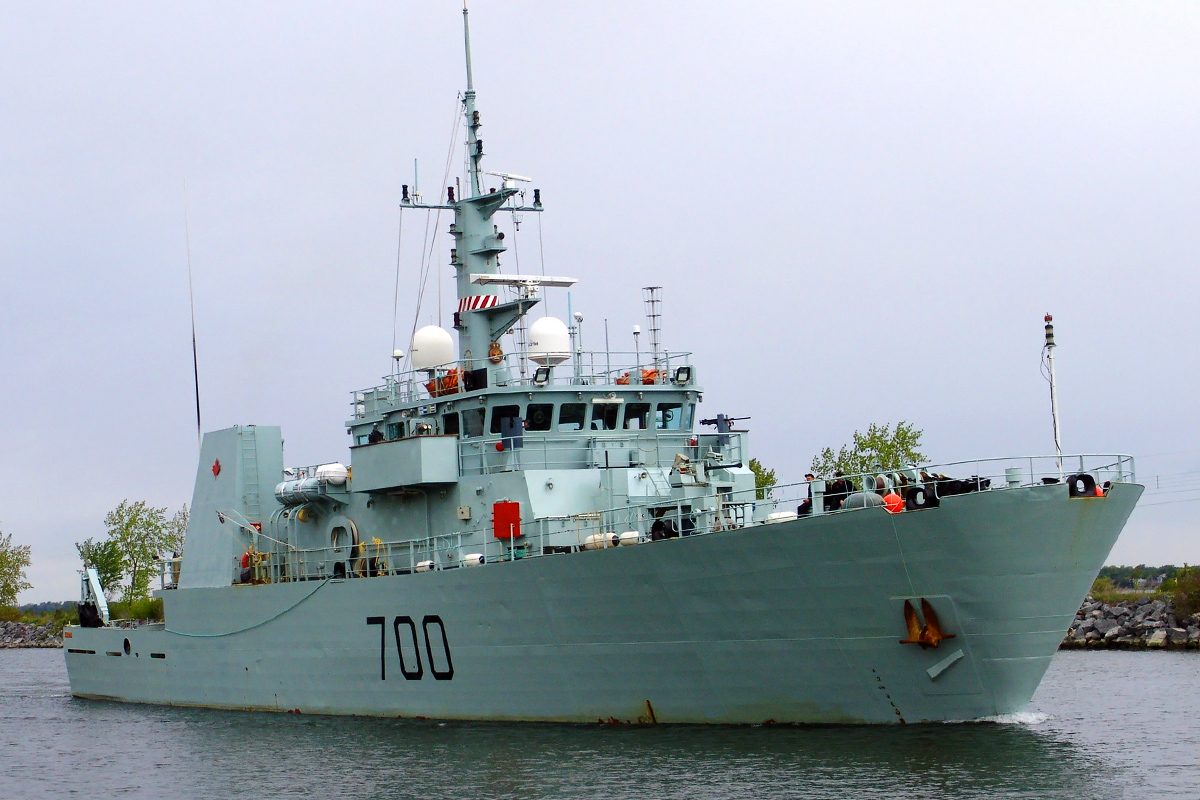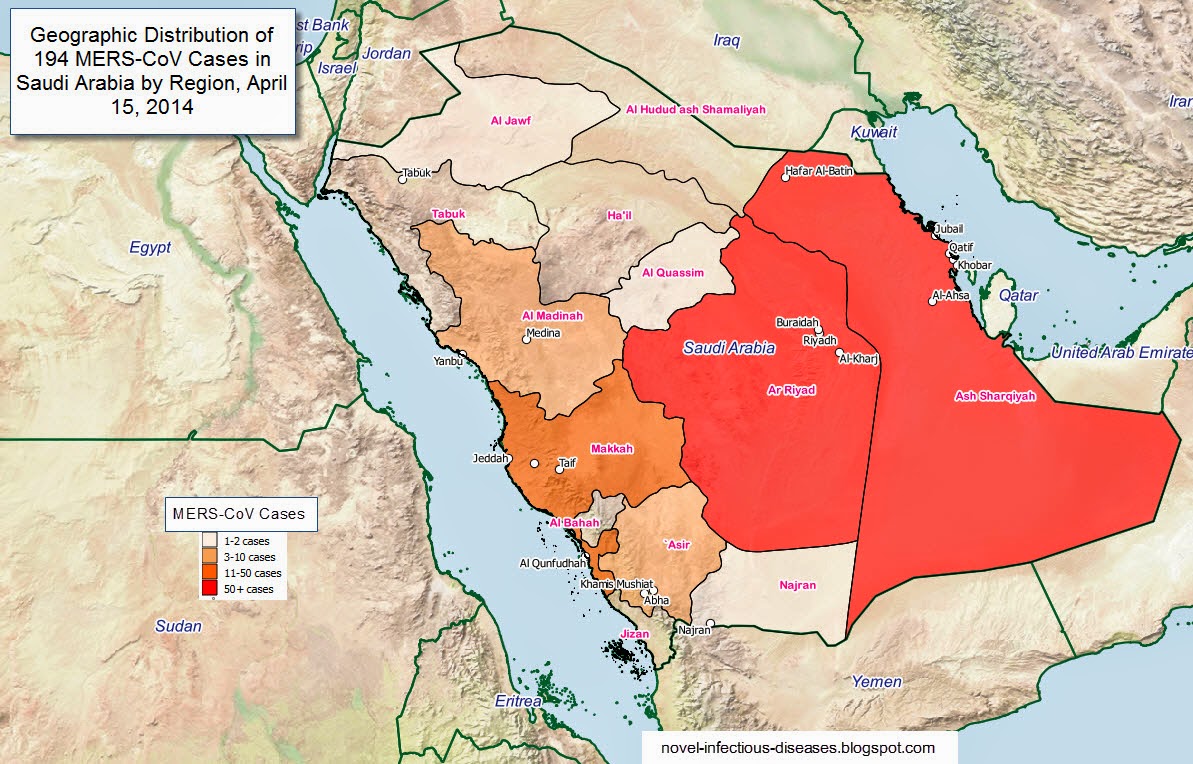A report by Reuters published on May 20, 2010, asserts that NATO has intensified its training of Afghan forces with the aim of reforming the Afghan National Army (ANA), a force which up to now inspired little confidence from the Afghan population. According to US Lieutenant-General William Caldwell, by aiming to decrease the high drop-out rates, incompetence and drug use amongst the trainees, NATO is hoping to bolster support for the ANA from the Afghan population. Lieutenant-General Caldwell is the head of the NATO Training Mission-Afghanistan (NTM-A) and highlights the 80% illiteracy rate, corruption and a lack of trained personnel as the biggest obstacles to the implementation of a successful, effective Afghan force. The mission is hoping to have over 300 000 Afghan army and police trained by 2011, although at the moment only 45% of Afghan police have had any formal preparation. Although NATO has upped its efforts to consolidate the training command structure of the Afghan military under the NTM-A, the U.S, focus on increasing the number of troops in the ANA in order to respond to the threats posed by a growing insurgency could put a strain on the resources of the NTM-A and the “outpace the capacity” of Afghan leaders to manage an inherently cumbersome system.
The challenges
As NATO begins to hand over the reins of Afghan security and governance, it is imperative that the ANA’s role in stabilising Afghanistan is not undermined as it progressively takes on its role as the cornerstone of the road map to the stabilization of Afghanistan. Since the fall of the Taliban, there has been a constant dispute between President Hamid Karzai and international backers over the type of army Afghanistan will need to rebuild itself. Many are speculating as to whether the ANA will be able to function independently with critical structural flaws, disparate interests and internal fragmentation as prevalent issues. Along with corruption and political factionalism, these issues remain top priorities of the Afghan national security strategy, with NATO troops remaining past the 2011 withdrawal deadline to offer training and knowledge to build a unified Afghan military force.
It seems that the biggest hindrance to ANA development is the insufficient coordination between ISAF, US Forces and the Afghan Ministry of Defence (MOD). This has hampered the military capacity of Afghan forces to respond effectively to the security threats faced by the state, and the lack of a cohesive, sustainable and long-term defence posture could lead to the failure of the ANA after the withdrawal of NATO troops. Another important factor to consider is the tension between US and NATO personnel and Afghan officials, caused by the clash between the Soviet-style Afghan military, which is over-centralised, with top-heavy command and control structures, against the more fluid organisation of Western militaries.
The Afghan authorities need to acknowledge that the ANA will have a central role in the rebuilding of Afghanistan, and professionalizing the police will be one of the toughest challenges to date. This includes educating the trainees about their role and responsibilities to the local population, as according to Lieutenant-General Caldwell, “they haven’t been taught human rights, they haven’t been instilled with this idea that they serve the people”. Underestimating the ANA’s strategic role in rebuilding Afghanistan would be an additional hindrance to the already burdened Afghan government, which is inundated with pre-existing issues. The push to build a unified national military in service of a civilian government has frequently clashed with the tendency to create militias in a bid to insulate the state from internal and external threats. The tension between these polar conceptions has had significant implications for Afghanistan’s internal security and its external relations.
What NATO can do
Despite all the challenges, NATO has begun to lay out a comprehensive training plan for the Afghan police and military through the NTM-A, which is an integral part of NATO’s road map to transferring control of security to Afghan forces so that ISAF troops can begin withdrawing in 2011. In response to the low literacy rates amongst Afghan cadets, NATO has already introduced mandatory reading and writing programs for army and police trainees, although the ambitions are “modest” as the cadets only need to achieve a third-grade level of reading and writing. The graduation of three ANA cadets from the 1st NATO Weapons Training Course was held on May 15, 2010, as a part of a ten week training curriculum to prepare Afghan personnel as technical experts. The Afghan Military Central Workshop is located in Kabul, and is just one of the many centres offering training programs aimed at ensuring a successful transition of security responsibilities from NATO to Afghan forces. The Central Workshop is committed to equipping the ANA with the required knowledge and skills to train the next generations of Afghan soldiers as a part of the journey towards building an independent, stable Afghanistan.
Yet this does not mean that there are not more challenges to face. Billions of dollars of international investment have been flowing into the Afghan armed forces, yet army combat readiness is still hindered by weak recruitment and retention policies, inadequate logistics, insufficient training and equipment and inconsistent leadership. It is crucial that international assistance for the ANA be focused on increasing the quality of the force, not just increasing the quantity of the troops. Furthermore, the slow-paced economic development and the withdrawal of not only Western troops but resources as well, mean that any analysis on the future of the ANA has to encompass a fiscal strategy in addition to a political one.
All the issues highlighted have contributed to the lack of professionalism and capacity of the ANA and Afghan police force, which in turn has failed to garner the support of the Afghan population. Without this, NATO troops will not be able to withdraw from Afghanistan with a confidence in the Afghan capacity to guaranteeing its own security against internal and external threats. Afghan authorities must acknowledge that there needs to be stronger links between Office of the National Security Council (ONSC) members, parliament and the MOD, and there needs to be a strengthening of legal and administrative frameworks to depoliticize the ANA. An increased civilian control and contribution into the Afghan military is critical, as without civilian input, there will be a heightened risk of a recurrence of Afghanistan’s historic dependence on external entities. Education is also key, as the eradication of illiteracy and a heightened awareness of their own roles and responsibilities amongst ANA and police cadets would guarantee the respect and credence from the Afghan people required to boost morale. It is undeniably a long, difficult journey before NATO can confidently leave behind a population that has become accustomed to the presence of foreign troops in their country. However, the commitment of NATO personnel and the recognition that the civil population needs to be engaged and involved in the process will only facilitate the establishment of an effective, sustainable Afghan military force that instils confidence and assurance amongst a population that has been too long ravaged by war.
By Tanah Sullivan
*Disclaimer: The opinions expressed in this article are solely of the author’s, and do not represent those of The NATO Council of Canada.



